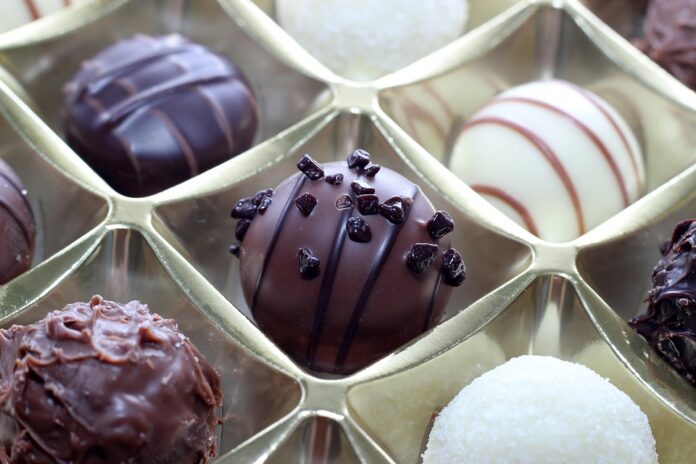Introduction
Chocolate is one of the most beloved treats in the world, enjoyed by people of all ages. But have you ever wondered how this delicious confection is made? From the fermentation of cacao beans to the finished product, the process of manufacturing chocolate is a complex and fascinating journey. In this report, we will explore the various stages involved in creating chocolate, from bean to bar.
Fermentation of Cacao Beans
Process:
The first step in the chocolate-making process is the fermentation of cacao beans. After the ripe cacao pods are harvested, the beans are removed and placed in large wooden boxes or piles covered with banana leaves. The beans are left to ferment for several days, during which time they develop their characteristic flavor and aroma. This fermentation process is essential for the beans to develop the rich chocolate flavor we all know and love.
Industry Insights:
According to industry data, the fermentation process is a critical step in chocolate production, as it helps to break down the sugars in the cacao beans and develop the desired flavor profile. Companies such as Hershey’s and Lindt & Sprüngli invest heavily in ensuring that their cacao beans undergo proper fermentation to produce high-quality chocolate products.
Drying and Roasting
Process:
After fermentation, the cacao beans are dried to reduce their moisture content. The beans are typically spread out on large trays or mats and left to dry in the sun or using specialized drying equipment. Once dried, the beans are roasted to further develop their flavor. Roasting also helps to remove any remaining moisture and bacteria from the beans.
Industry Insights:
Companies like Mars and Nestlé have sophisticated drying and roasting facilities to ensure that their cacao beans are processed to the highest standards. These companies invest in state-of-the-art equipment and technology to control the drying and roasting process, resulting in consistent and high-quality chocolate products.
Grinding and Refining
Process:
The dried and roasted cacao beans are then ground into a paste known as chocolate liquor. This paste is then refined to reduce the particle size and improve the texture of the chocolate. During the refining process, additional ingredients such as sugar, milk, and cocoa butter may be added to the chocolate liquor to achieve the desired flavor and consistency.
Industry Insights:
Major chocolate manufacturers like Mondelez International and Ferrero have specialized grinding and refining equipment to process large quantities of cacao beans into chocolate liquor. These companies carefully control the refining process to ensure that their chocolate products meet the highest quality standards and consumer expectations.
Conching and Tempering
Process:
Once the chocolate liquor has been refined, it undergoes a process called conching, which involves heating and stirring the chocolate to further develop its flavor and texture. Conching also helps to remove any remaining moisture and acidity from the chocolate. The final step in the chocolate-making process is tempering, which involves cooling and reheating the chocolate to ensure that it has a smooth and glossy finish.
Industry Insights:
Companies like Barry Callebaut and Cargill have specialized conching and tempering equipment to produce a wide range of chocolate products, from dark chocolate to milk chocolate. These companies invest in research and development to continuously improve their conching and tempering processes, resulting in innovative and high-quality chocolate products that appeal to consumers worldwide.
Packaging and Distribution
Process:
After the chocolate has been conched and tempered, it is poured into molds or bars and allowed to cool and harden. The finished chocolate products are then packaged in wrappers or boxes and prepared for distribution to retailers and consumers. Chocolate manufacturers work closely with packaging suppliers to ensure that their products are properly packaged and labeled for sale.
Industry Insights:
Leading chocolate companies like Godiva and Ghirardelli have sophisticated packaging and distribution networks to ensure that their products reach consumers in perfect condition. These companies invest in packaging innovation to enhance the shelf life and presentation of their chocolate products, while also minimizing their environmental impact through sustainable packaging solutions.
In conclusion, the manufacturing process of chocolate is a complex and intricate journey that involves several stages, from the fermentation of cacao beans to the finished product. Companies in the chocolate industry invest in cutting-edge technology and processes to ensure that their products meet the highest quality standards and consumer expectations. By understanding the various stages involved in chocolate production, consumers can appreciate the skill and craftsmanship that goes into creating their favorite sweet treat.



